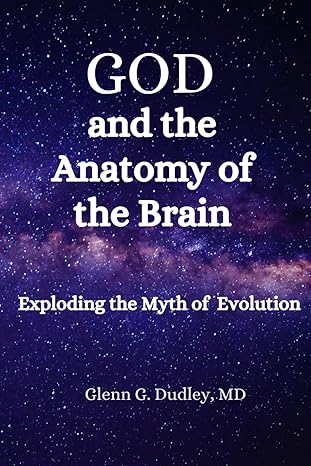The brain is fundamentally a machine which creates an image for the purpose of conserving energy – thereby sustaining life. But quickly note that “sustaining life” is nonsensical apart from sustaining the body mass as a whole – which is why the visual system is reciprocally connected with the brain’s energy-regulating core into which sensation from every nook and cranny of the body streams into the brain every moment of every day. Image perception, given that it is inseparable from an awareness of the body as a whole can accordingly be envisioned as the act of containing a universal dissipative tendency (Second Law), and thus sustaining the body mass.
There is however one overriding neurological mechanism which, were it not for the existence of a biblically-defined (invisible and transcendent) God, conscious life and the sustaining of the body mass by the means of an image would be impossible. The central anatomical feature is the connection between the limbic brain and a structure called the “basal ganglia.” This structure, a cluster of nuclei, is that part of the brain which informs the motor system what it must do in the next quanta of time in order to optimize an expectancy gap — to which infinity and/or one’s weightless nonexistence is implicit.
Only if the very nature of God has been encoded within the brain can this contrast with infinity regressively influence the motor system to create or sustain an anticipated image — the perception of which reins in the effects of the Second Law (a law which could not exist apart from its restraint — thereby proving the existence of a biblically-defined, personal transcendent God; while optimizing our relationship to infinity.
The surprising logic, anatomical, physiological and biochemical details of this design are explained in my recently published book: Consciousness Finally Explained: A Perfect Synthesis of God and Brain. Available through Amazon or my Homepage. The book is a revised and amplified collection of these blog postings.
 "God and the Anatomy of the Brain: Eploding the Myth of Evolution" by Glenn G. Dudley, MD. Written for scientists but revised for non-scientists and armchair philosophers, this well-referenced book answers the question of how awareness and feeling are connected with matter.
"God and the Anatomy of the Brain: Eploding the Myth of Evolution" by Glenn G. Dudley, MD. Written for scientists but revised for non-scientists and armchair philosophers, this well-referenced book answers the question of how awareness and feeling are connected with matter.
Comments are closed.